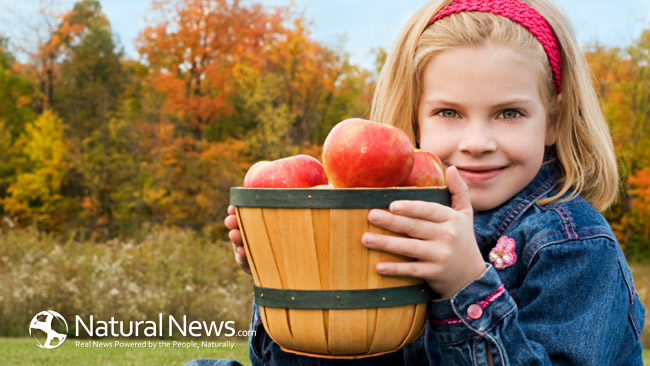Now that the weather is turning cooler, the produce choices are changing–and several superfoods are coming into season. Your local farmers’ market and grocery stores will soon be full of these great tasting, and good for you, fruits and vegetables.
Try these superfoods to better your health this fall:
1) First on the list is apples!
While they are typically in your supermarket year round, different varieties come in and out of season all year. No matter which ones are your favorites, they are all packed with fiber, antioxidants and flavonoids. Eating one before a meal will keep you from overeating, and the peel of the apple has been shown to be home to the majority of the apple’s fiber and vitamins, so make sure to eat the peel!
2) Perhaps no one’s favorite vegetable, Brussels sprouts are in season during the fall, too.
If you make them correctly, they may soon become your favorite. When combined with delicious sauces, the sprouts’ mild taste really gets a boost! Brussels sprouts have plenty of folate, vitamin K and iron.
3) Parsnips look like carrots, but they actually have a sweeter, nuttier flavor.
You can use them to flavor rice and potatoes, roast them, or put them into soups and sauces. Parsnips are a great source of fiber and they are tops in potassium!
4) Another delicious fall fruit is the pear.
These can be used as a breakfast food, cup into fruit salads, or baked and poached for desserts. Raw or cooked, the pear is high in vitamin C, copper and fiber.
5) The rutabaga looks a bit like a turnip, and it is actually a cross between a cabbage and a turnip.
The rutabaga is delicious paired with turnips, in casseroles, or pureed with carrots. You can roast rutabagas, too, and top with honey or ginger for a real zing! The rutabaga is a great way to get your fiber and your vitamin C.
6) While cauliflower is a vegetable that you can find in stores year round, its harvest season actually begins in the fall and runs through June.
This versatile veggie can be eaten raw with dips like hummus, mashed to make a faux mashed potato dish, grilled, baked, pureed into soups, or even riced up and used as pizza crust. Cauliflower is an excellent source of vitamin C, and it also contains compounds that may help prevent cancer, as well as phytonutrients that help lower cholesterol.
7) Winter squash, which is harvested from October through February, is much different from summer squash.
It can still be cooked up in a stir fry, grilled or steamed, but the flavor is a bit sweeter than the summer squash. The winter squash has a finer texture, too, and actually tastes great when sprinkled with cinnamon. Winter squash contains Omega 3 fatty acids and plenty of vitamin A.
8) And last but not least, the granddaddy of all fall superfoods is the pumpkin!
From pulp to seed, this squash is full of health benefits. A pumpkin is rich in potassium, has lots of fiber and plenty of B vitamins. The seeds also contain a great deal of magnesium, which is perfect for those who suffer from headaches. Magnesium can even help you recover after a tough workout.
The pumpkin has a sweet taste and moist texture, which makes it perfect for pies, breads, cookies and more. Don’t forget to roast those pumpkin seeds!
More from Alex Jordon:
4 Foods With More Potassium Than a Banana





